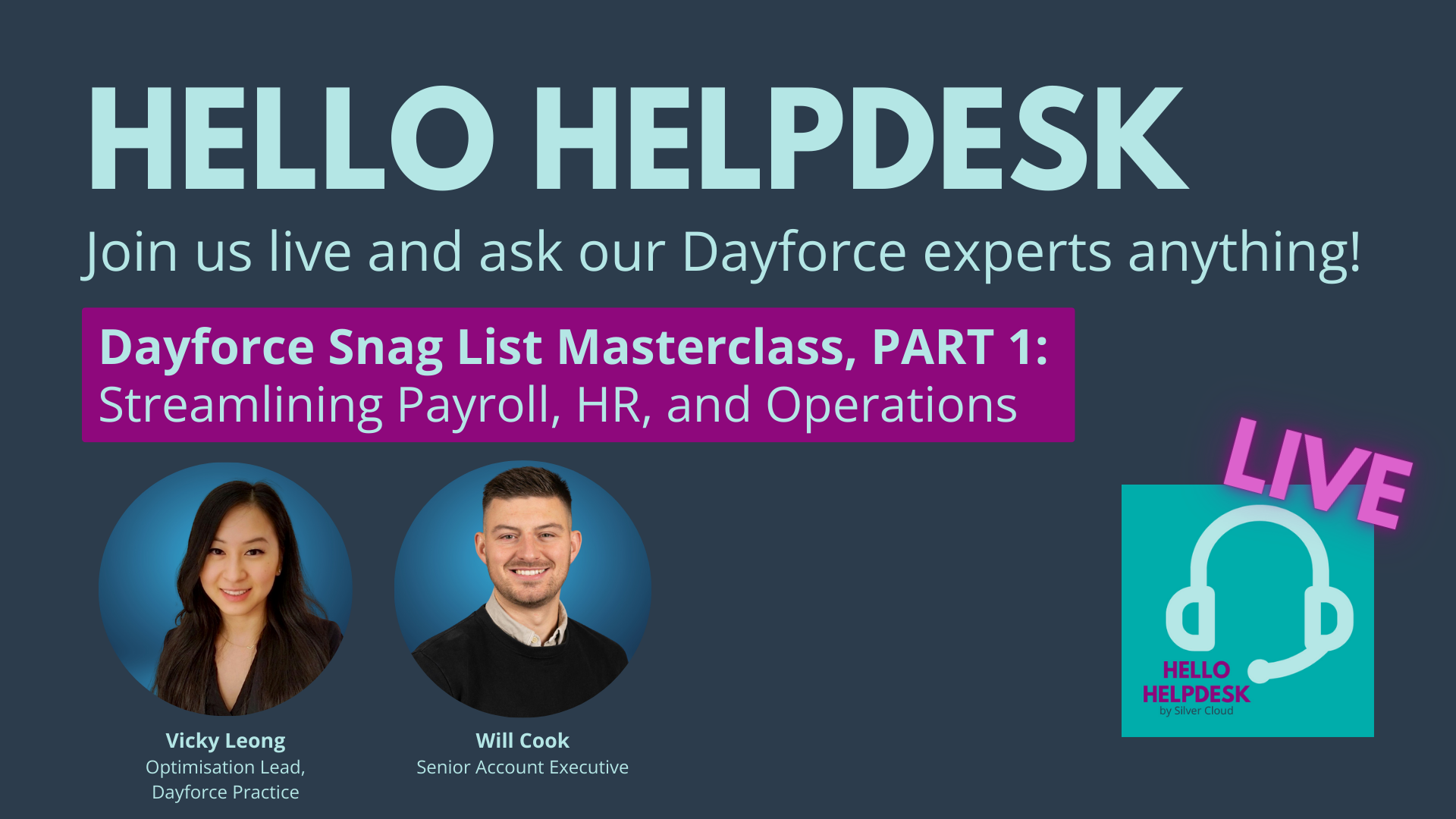Payroll year end: Everything you need to know | End of Year Checklist
by Beth Camies

The end of the financial year can be a taxing time for payroll professionals (pardon the pun). Modern payroll software can take away a lot of the manual stresses of the last pay period of the year and your EOY submissions. But there are still many things to consider and check off your to-do list before the new tax year begins.
The new financial year is quickly creeping up on us, as always, so we’ve pulled together all the important things payroll professionals like you need to be on top of during year end.
Taking care of the current tax year
Here are the top considerations you need to keep in mind during the 2023/24 payroll year end.
Processing frequency
Do you process weekly, fortnightly, 4 weekly payrolls or monthly? Will you be processing Week 53, 54 or 56? Trying to get payroll out while preparing for year end can get chaotic, so don’t worry if you’re feeling a little frazzled.
Take a moment to breathe and note to yourself which payroll you’re processing and which financial year you’re in with it. Taking an extra minute to think may seem counterintuitive when you’re so busy, but it can really help prevent overwhelm.
Remember: if your payday falls on or before the 5th April, you are still in the 2023/24 tax year.
FPS and EPS
Does your payroll software automatically flag your FPS (Full Payment Submission) as 'Final' on the last Submission of the year? This can be extremely helpful and save you a lot of anxiety. Check if your software has that capability and whether or not you have it set up correctly.
Top tip: If it doesn’t do that, or if you forget after the flag, set some calendar reminders and make sure you include it on your Final EPS (Employer Payment Summary).
Accurate payments to HMRC
Inaccurate payments can mean your company ends up on lists like HMRC’s Name and Shame List for organisations that have failed to pay the minimum wage. Be sure your PAYE, NI, Student Loans, etc are balanced as these can accidentally take employees below the minimum wage if not managed appropriately. Also consider the following questions:
- Have you reclaimed the correct amounts for statutory payments, e.g. SMP, SPP and SAP etc?
- Do you qualify for Employment Allowance, has your annual pay bill increased making you liable to pay Apprenticeship Levy?
- Having payroll software that produces a comprehensive Employer Payment Record (P32) will help with this task!
Don’t forget to check whether or not your payroll system automatically flags any of these issues.
Preparing for the new tax year
As well as finalising the current tax year, you'll have to start preparing for the new tax year (2024/25) as well. This is a great time to make sure you’re getting off to a good start with everything in order and not falling at the first payroll hurdle.
Software updates
This should be a regular task on your to-do list to make sure you have access to the latest features, but especially at Year End. Applying the latest legislative updates and remaining compliant for the new tax year must be a priority.
This is especially true as HMRC continues to make updates to reporting requirements. For example, starting in April 2025, employers will be required to report the total number of hours paid for each employee in a numerical format per pay period for which an individual RTI (Real Time Information) return is made.
Tax codes
In preparation for Period 1, make sure you have received or collected your new tax codes from HMRC. On top of that, employees ending the tax year on a Week 1Month Tax code should start the new tax year on a cumulative basis.
Deadline & P11D forms
If required, your employees must receive a P11D by 6th July and remember, P11D and P11D(b) submissions are now paperless and all submissions must be completed online via commercial software or HMRC’s PAYE Online service.
P60s
And finally, don’t forget that all employees employed by you on 5th April have to receive their P60 by 31st May.
Important dates to remember for the 2023/24 payroll year end
Don't forget these important dates as we transition from the 2023/24 tax year to 2024/25! Keeping these in mind will help you stay on track for a healthy year ahead.
- On or before your employees’ payday: send your final FPS payroll report of the year
- From April 6th: update employee payroll records
- From April 6th: make sure your payroll software is updated
- By April 19th: submit your final PAYE (by post) and final EPS
- By April 22nd: submit your final PAYE (electronically)
- By May 31st: give your current employees a P60
- By July 6th: report employee expenses and benefits if they aren’t being processed through payroll
- By July 19th: pay Class 1A NIC on P11D benefits via cheque
- By July 22nd: pay Class 1A NIC on P11D benefits electronically
Click the image to enlarge and download.
Not sure if your payroll software is up to the job? It might be time for a digital review – get in touch to see how Silver Cloud can help.
Software updates
This should be a regular task on your to-do list to make sure you have access to the latest features, but especially at Year End. Applying the latest legislative updates and remaining compliant for the new tax year must be a priority.
Tax codes
In preparation for Period 1, ensure you have received/collected your new tax codes from HMRC.
In addition, employees ending the tax year on a Week 1Month Tax code should start the new tax year on a cumulative basis.
Deadline & P11D forms
If required, your employees must receive a P11D by 6th July and remember, P11D and P11D(b) submissions are now paperless and all submissions must be completed online via commercial software or HMRC’s PAYE Online service.
P60s
And finally, don’t forget that all employees employed by you on 5th April must receive their P60 by 31st May.
End of year Payroll Checklist
We've compiled everything from this blog into a handy PDF checklist so you can keep track of those important payroll tasks!





